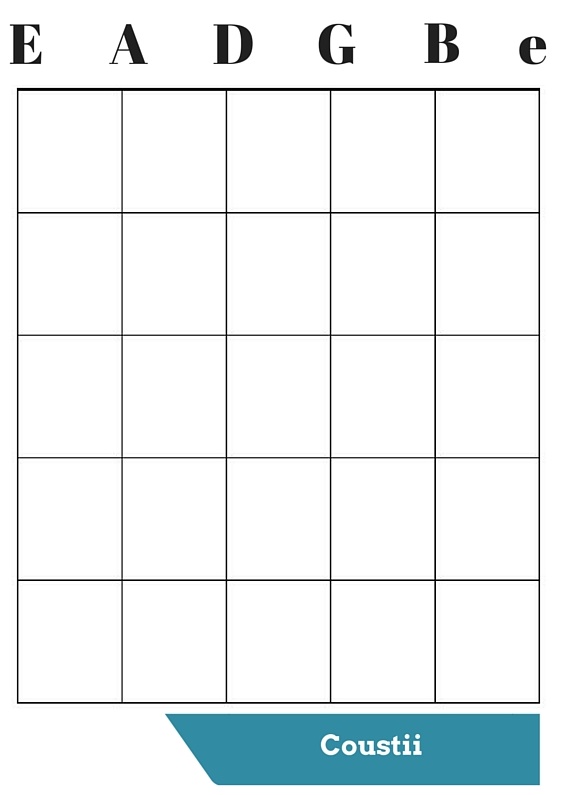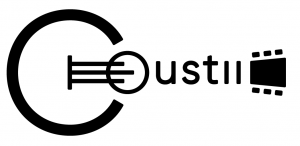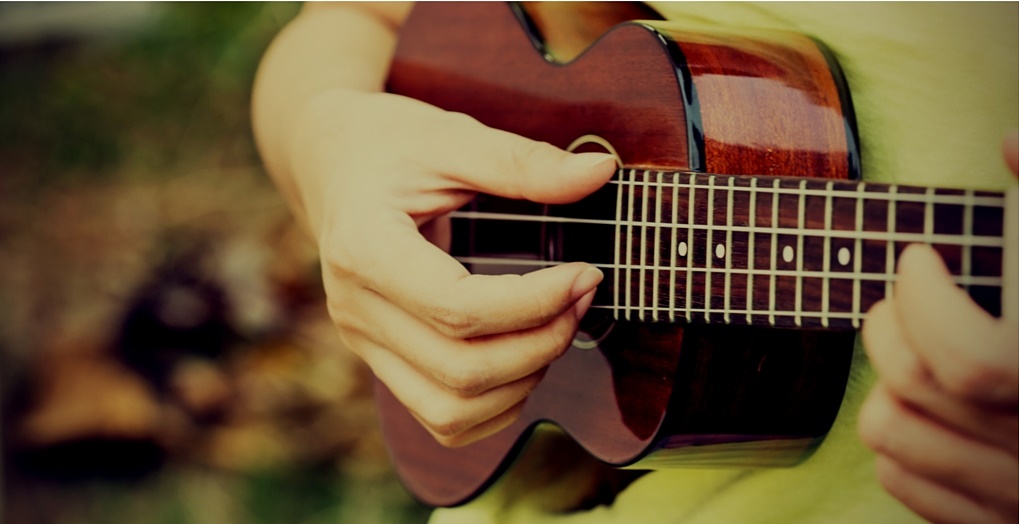Even with very little music experience, the ability to read guitar chords is easily attainable. This article will teach you how to read guitar chords in the next 5 minutes!
Follow the instructions below and you will be able to not only identify the chord but eventually you will be able to masterfully play the chord. Once you have a basic understanding of what the guitar chords are, you will then be able to build upon this foundation to expand your guitar knowledge and skills.
[tcb-script id=”mNCC” language=”javascript”]medianet_width = “600”;medianet_height = “250”;medianet_crid = “712534424”;medianet_versionId = “3111299”;[/tcb-script][tcb-script src=”//contextual.media.net/nmedianet.js?cid=8CU7GM763″][/tcb-script]
What Notes Coincide with Each String?

First, you have to understand what you are looking at on the chord chart. When looking at basic sheet music you should first notice that there are six vertical lines. Each of these denotes one of the six strings on your guitar as far as it is concerned.
If you take the time to familiarize yourself with your guitar, you will notice that the first line on your chart is the E string which is also the thickest string on your guitar. If you strum this string without holding down any other strings, you are playing an open E note.
The next thickest string is the A string, followed by the D string, then the G string, the B string and finally, the e string. The lower e string is the thinnest string and unlike the previously discussed E string, this one is referenced with a lowercase e instead of a capital E.
It is important to point out that if you are playing guitar left handed everything will be the exact opposite. The smallest string, e, will be at the bottom rather than at the top.Also, please note that some guitars can have seven or eight strings but today we will focus on a six string guitar because this is something very important.
Vertical Lines vs. Horizontal Lines?
Simply speaking, the vertical lines are associated with the note that you will play (see above) while the horizontal line is associated with the frets located on the neck of the guitar. Use the placement of the symbol, explained below, to determine which fret you should play the note in.
Generally, the chord chart will only include five frets. If you are to play in a higher fret or one closer to your body, then it will be indicated by a number. If you are to play on the first fret, then you are to play the fret closest to the end of the guitar.
While the vertical line determines the note, the horizontal line determines the octave and what the pitch of the note will be.
What do all the Symbols Mean?

Now that you know which note on the chart is associated with which guitar string, you must understand the various types of symbols. An X or O will be placed above the chart rather than on the specific note. An X on the note means to not strum the note whereas an O means to strut openly.
If the circle is shaded black, it means to fret the string or to compress the string by holding it down. If the circle is shaded blue, this also means to fret the string but it further indicates that it is a root note and the name of the chord is named after this note.
When looking at a chord chart, you will also notice a number of the shaded circles from 1 to 4. These numbers indicate which finger you hold down the corresponding note with. A number one means to hold the chord with the index finger while a number four indicates to use the pinky instead.
Once you begin to see chords, you will begin to notice that many of the same chords are repeated over and over. These include the C, A, G, E, and D chords. Once these are mastered, playing different pieces will become easier due to this repetition and increased familiarity with them.
In summary, reading a guitar chord takes practice and understanding, but once it is mastered you have created a good foundation for learning the most complex aspects of playing the guitar. The above lesson should help a beginner to begin to to learn how to read guitar chords.







